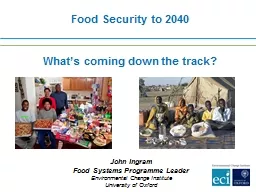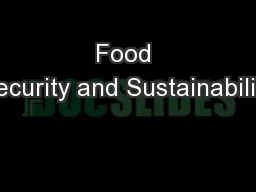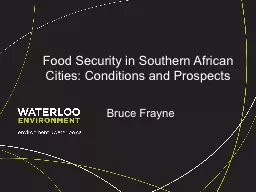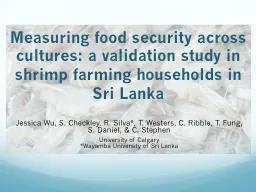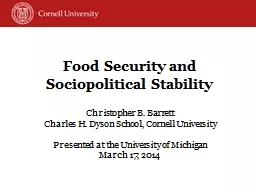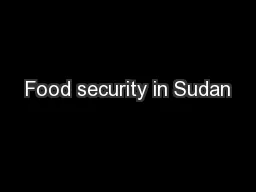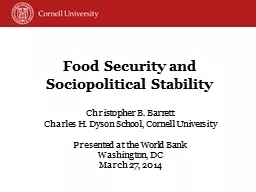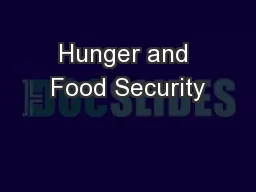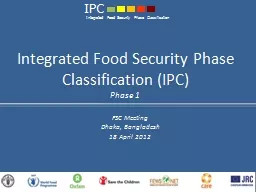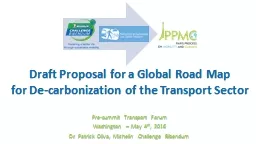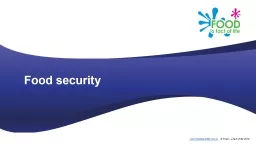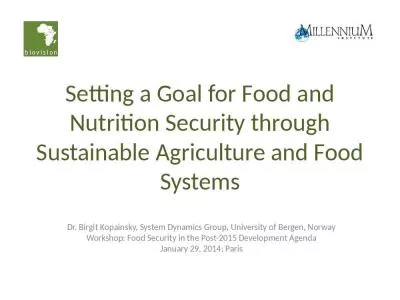PPT-Food Security to 2040
Author : opelogen | Published Date : 2020-07-02
Whats coming down the track John Ingram Food Systems Programme Leader Environmental Change Institute University of Oxford Food security exists when all people
Presentation Embed Code
Download Presentation
Download Presentation The PPT/PDF document "Food Security to 2040" is the property of its rightful owner. Permission is granted to download and print the materials on this website for personal, non-commercial use only, and to display it on your personal computer provided you do not modify the materials and that you retain all copyright notices contained in the materials. By downloading content from our website, you accept the terms of this agreement.
Food Security to 2040: Transcript
Download Rules Of Document
"Food Security to 2040"The content belongs to its owner. You may download and print it for personal use, without modification, and keep all copyright notices. By downloading, you agree to these terms.
Related Documents

